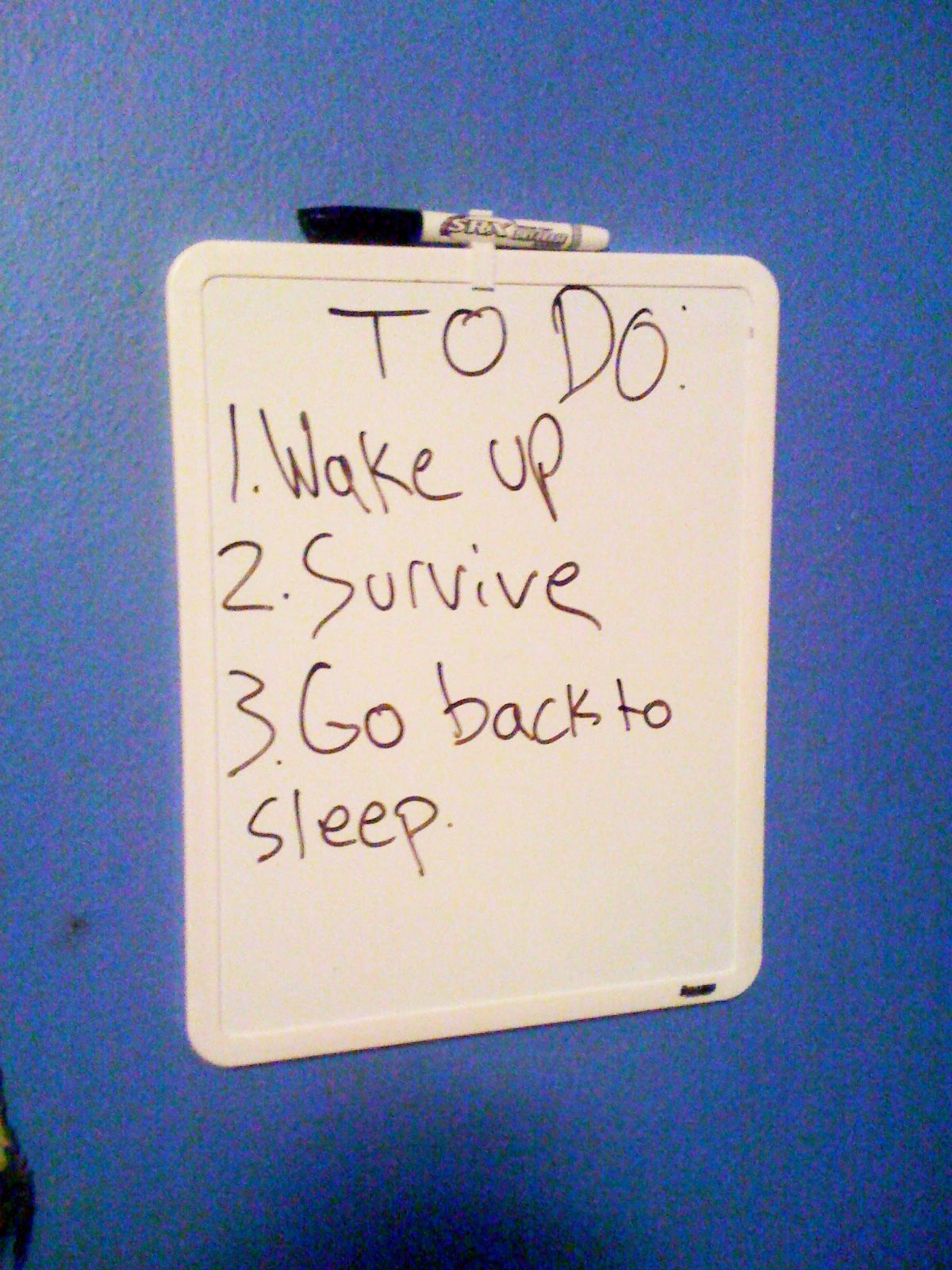 I’m always curious if the different seasons play a role in how the body works, because I’ve often felt changes in my body during the changes of the seasons. At the change of seasons I’ve sometimes noticed an increased susceptible to catching a cold. And during the brighter months, I’ve noticed that I need 1 hour less sleep than the winter. The ancient Chinese texts shed some interesting light to topic.
I’m always curious if the different seasons play a role in how the body works, because I’ve often felt changes in my body during the changes of the seasons. At the change of seasons I’ve sometimes noticed an increased susceptible to catching a cold. And during the brighter months, I’ve noticed that I need 1 hour less sleep than the winter. The ancient Chinese texts shed some interesting light to topic.
As the earth cycles through different seasons, our bodies cycle with it. There are organs systems that are more involved during various seasons, and the Lung phase corresponds with autumn. According to the 5 elements system of Chinese medicine, there are 5 elements that form a cycle. Fire (heart), Earth (spleen), Metal (lung), Water (kidney), Wood (liver). Photo Credit: www.eggsfromthenest.com
As you can see from the illustration, the earth element (spleen) precedes the lungs. In Chinese medicine, the energy from one element flows into the next. The spleen in Chinese medicine corresponds to the digestive tract, in the western anatomy. Therefore if the digestive system is weak there will be more dampness in the lungs during the fall time, which can mean an increase in allergies, asthma and colds. Besides the respiratory system, the lungs function to distribute qi (energy) to the skin, hair, and muscles. The skin layer in Chinese medicine is related to the wei qi or protective qi which helps prevent us from getting “invaded” by pathogens and getting sick.
There are certain emotions related to each organ. When we talk about emotions, we consider the way it is expressed, repressed, the inability to experience the emotion and experiencing it inappropriately. The emotion of grief is associated with the lungs. If the lung qi is deficient, there is a tendency to remain in grief, which is associated with depression. On a side note, if the liver gallbladder system is imbalanced and there is suppressed anger and frustration especially towards self, this can also lead to depression. When grief is suppressed, it gets boggled inwards and causes the lungs to contract sometimes manifesting in physical symptoms of asthma or other respiratory infections.
Professor Margaret Kemeny of UCLA did a study on method actors. The study showed that actors who expressed happiness had increased natural killer cells, but to her surprise, those who expressed momentary sadness also had an increase in beneficial immune system function. This means that when we allow ourselves to be and experience our emotions as they come, it is actually healthy. When emotions of even sadness come and get processed, they will flow through. And will be much less likely to go into unhealthy depression (which is suppressed anger, frustration and grief).
So What is Good for the Body during the Autumn?
1. Breathe and exercise. This helps to strengthen and move the lung qi so you do not feel stuck, but feel a healthy flow of energy and vitality.
2. Decrease Dairy Products: Dairy products are very damp and can contribute to phlegm production, weight gain, and a sensation of sluggishness.
3. Sunflower Seeds: Contains healthy oils that support the skin and wei qi to keep the wind out. Sunflower seeds contain the highest amount of vitamin E than any other seed or nut. In general you want to eat more oils in the fall to support the lungs system and also provide the calories for hibernation in the winter. You know your lungs are strong when your skin looks soft and lustrous.
4. Cinnamon: Is in the category of a pungent food, and helps to help clear lungs. Cinnamon also helps to keep the blood sugar stable and can help decrease cravings.
5. Pumpkin: Clears phlegm and removes dampness and nourishes the blood. Contains lots of beta-carotene, which is great for the eyes and lungs
6. Seaweed: Builds the yin. Weak lung yin makes a person mores susceptible to chronic infections. Seaweed also helps remove phlegm. Is a great source of iodine which is good for the thyroid.
7. Lemon: Sour foods are astringent, which benefits the liver. Lemon also prevents the skin from drying, detoxifies, alkalizes and is a great source of vitamin C.
The fall is a time for the body to start storing up nutrients and qi to prepare for the cold winter. If you are feeling run down, you are probably deficient in qi and it would be wise to build up your body to prepare for the winter. This way, you will be less likely to get sick, feel tired, or seasonally affected during this time. An ounce of prevention goes a long way. Come stop by our office and get a tune up.
Schedule an Appointment Now
 Monday, March 31, 2014 at 12:26AM
Monday, March 31, 2014 at 12:26AM  Racing Mind,
Racing Mind,  Recurring Thoughts,
Recurring Thoughts,  Worry,
Worry,  control issues,
control issues,  letting go | in
letting go | in  Brain,
Brain,  Mind Body
Mind Body 



